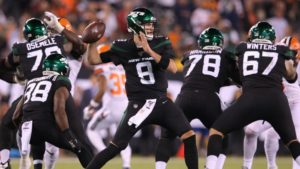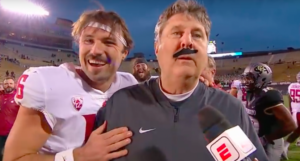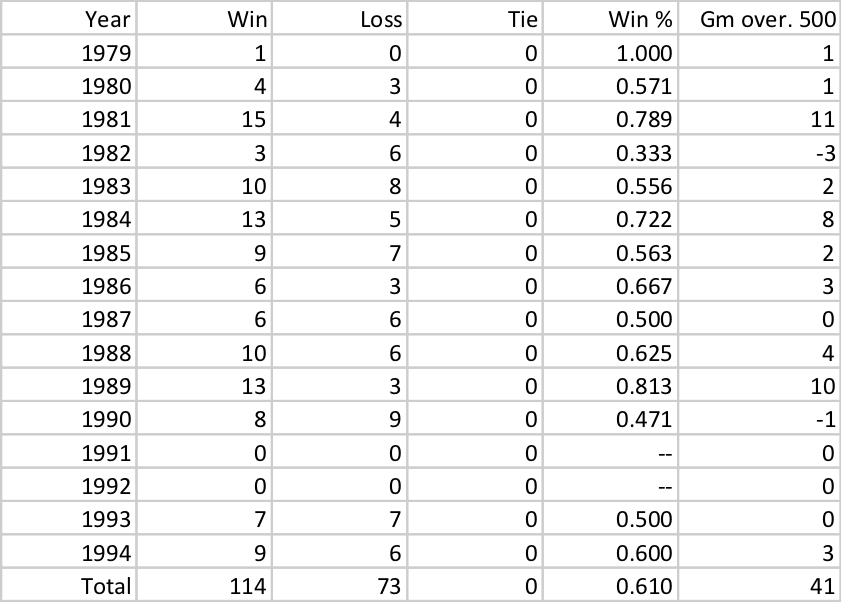Yesterday, I published the implied SRS ratings from the Vegas point spreads produced last week. Today, I want to publish the weekly point spreads, along with some notes.
With 240 games involved, each team’s rating gets generated by looking at the point spread in their game and the point spreads in all other games by them, and the point spreads in all other games by their opponent, and the games for their opponent’s opponents, and so on. For the most part, the results match up pretty well. For example, in week 7, Houston is a 4-point road underdog in Indianapolis, and in week 11, the Texans are a 2-point home favorite against the Colts. The Steelers are 9-point home favorites against Cincinnati in week 4, and Pittsburgh is a 3-point road favorite against the Bengals in week 12.
For the most part, after we have derived each team’s rating, the point spreads then make a lot of sense. Pittsburgh has an SRS of +1.5 and Cincinnati has an SRS of -4.3, so it makes perfect sense that the Steelers would be 9-point home favorites and 3-point road favorites against the Bengals. But there are two games that don’t make much sense.
In week 8, the Bengals are facing the Rams in London. Los Angeles has an SRS rating of +5.4, making them 9.8 points better than Cincinnati. And if anything, home field should favor Cincinnati, as this is a really far trip for LA. And yet the Rams are 13-point favorites! In addition, the Seahawks have an SRS rating of +1.9, while the Falcons have an SRS rating of +0.4. All else being equal, the Seahawks should be 1.5 point favorites on a neutral field and 1.5-point dogs on the road. And yet when Seattle flies cross country to Atlanta, it is the Seahawks that are 1.5-point favorites. Weird.
Other than those games, all other point spreads are within 2 points of what we would project based on the SRS ratings of the two teams and the location of the game. This is why you don’t really need many games to come up with implied SRS ratings: for the most part, Vegas uses their team ratings to set lines, and the transitive property is applicable here (and matchup strengths are not).
Below are the point spreads for every game this season. Here’s how to read the table, which is fully sortable and searchable. Arizona has an SRS rating of -5.8, and in week 1, hosts Detroit who has an SOS of -3.3. The point spread in that game is a pick’em, and based on that point spread, the expected MOV is the Lions by 3 points. [continue reading…]








